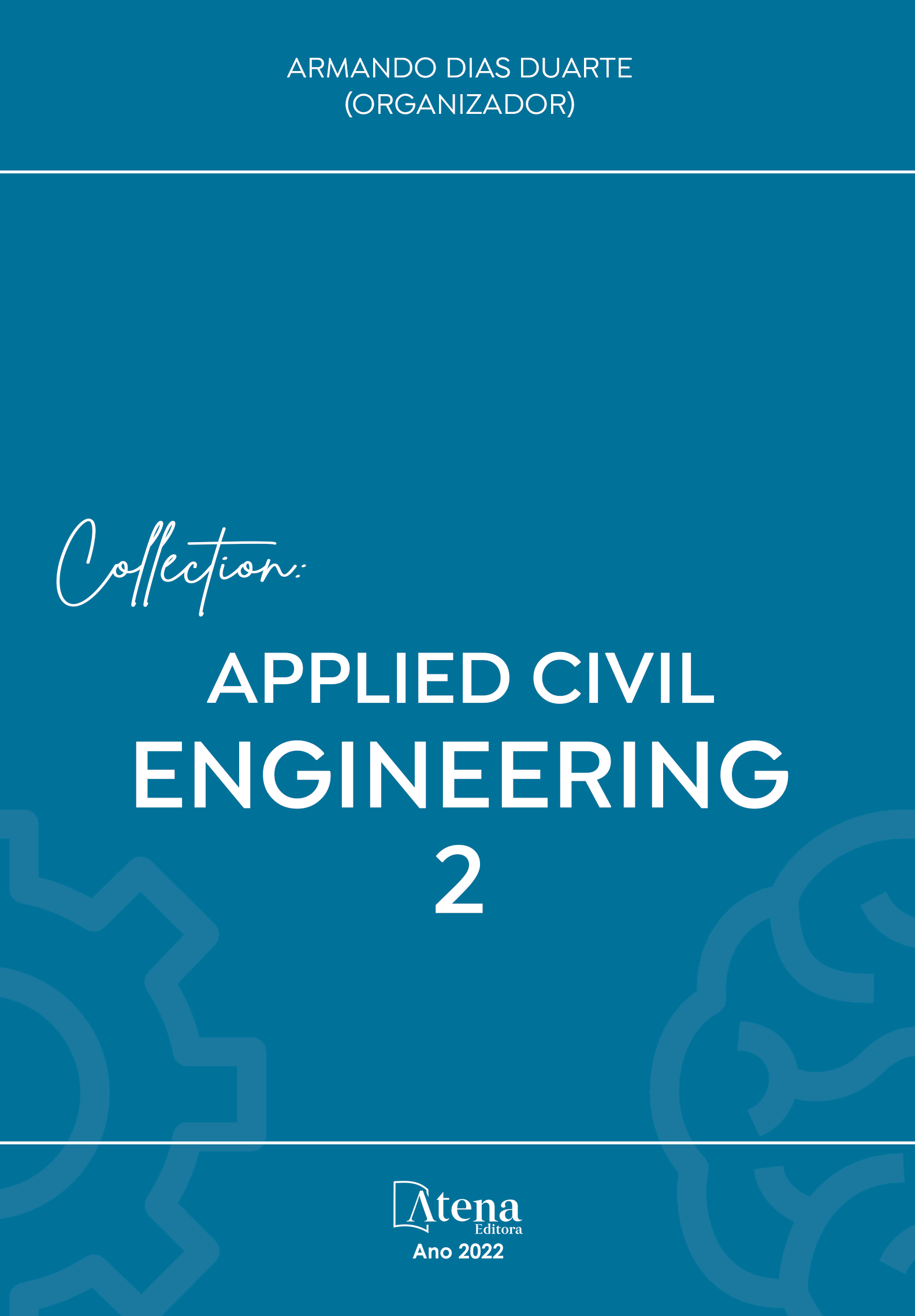
Análise de Modelos de Cálculo de Pontes com Múltiplas Vigas
O trabalho descreve alguns métodos para a distribuição de ações nas pontes rodoviárias dotadas de múltiplas vigas. Escolheu-se modelos estruturais de pontes com duas longarinas e em múltiplas longarinhas, sendo aplicados o método de Engesser-Courbon com rigidez real na transversina, Engesser-Courbon com rigidez infinita na transversina, que se tratam de análises bidimensionais e o Método dos Elementos Finitos de análise tridimensional, a fim de que os mesmos fossem comparados. Os principais resultados são os de trem-tipo simplificado, momento fletor positivo e área de aço resultante do dimensionamento à flexão das seções em concreto armado destas longarinas, sendo que os valores se mantiveram próximos em todos os resultados. Nos resultados obtidos o método de Engesser-Courbon com a rigidez real da transversina que faz uma simplificação, mostrou-se mais preciso, pois seus resultados mantiveram-se superiores. Observou-se que o Método dos Elementos Finitos tem uma maior precisão, pois a estrutura é modelada tridimensionalmente, fazendo com que longarinas, transversinas, tabuleiro trabalhem juntos e ainda com seus parâmetros dos materiais.
Análise de Modelos de Cálculo de Pontes com Múltiplas Vigas
-
DOI: 10.22533/at.ed.7422226043
-
Palavras-chave: Pontes; Análise de estruturas; Métodos de distribuição.
-
Keywords: bridges; Analysis of structures; Distribution methods.
-
Abstract:
The work describes some methods for the distribution of actions in road bridges with multiple beams. Structural models of bridges with two spars and with multiple spars were chosen, using the Engesser-Courbon method with real stiffness in the transverse, Engesser-Courbon with infinite stiffness in the transverse, which are two-dimensional analyzes and the Finite Element Method three-dimensional analysis, in order to compare them. The main results are the simplified type train, positive bending moment and steel area resulting from the flexural design of the reinforced concrete sections of these stringers, and the values remained close in all results. In the results obtained, the Engesser-Courbon method with the real stiffness of the transversina, which makes a simplification, proved to be more accurate, as its results remained superior. It was observed that the Finite Element Method has a greater precision, because the structure is three-dimensionally modeled, making the stringers, transverses, deck work together and even with their material parameters.
-
Número de páginas: 10
- Luís Gabriel de Moura
- Daniele Martins
- Isadora Paczek
- Guilherme Alves Correa


